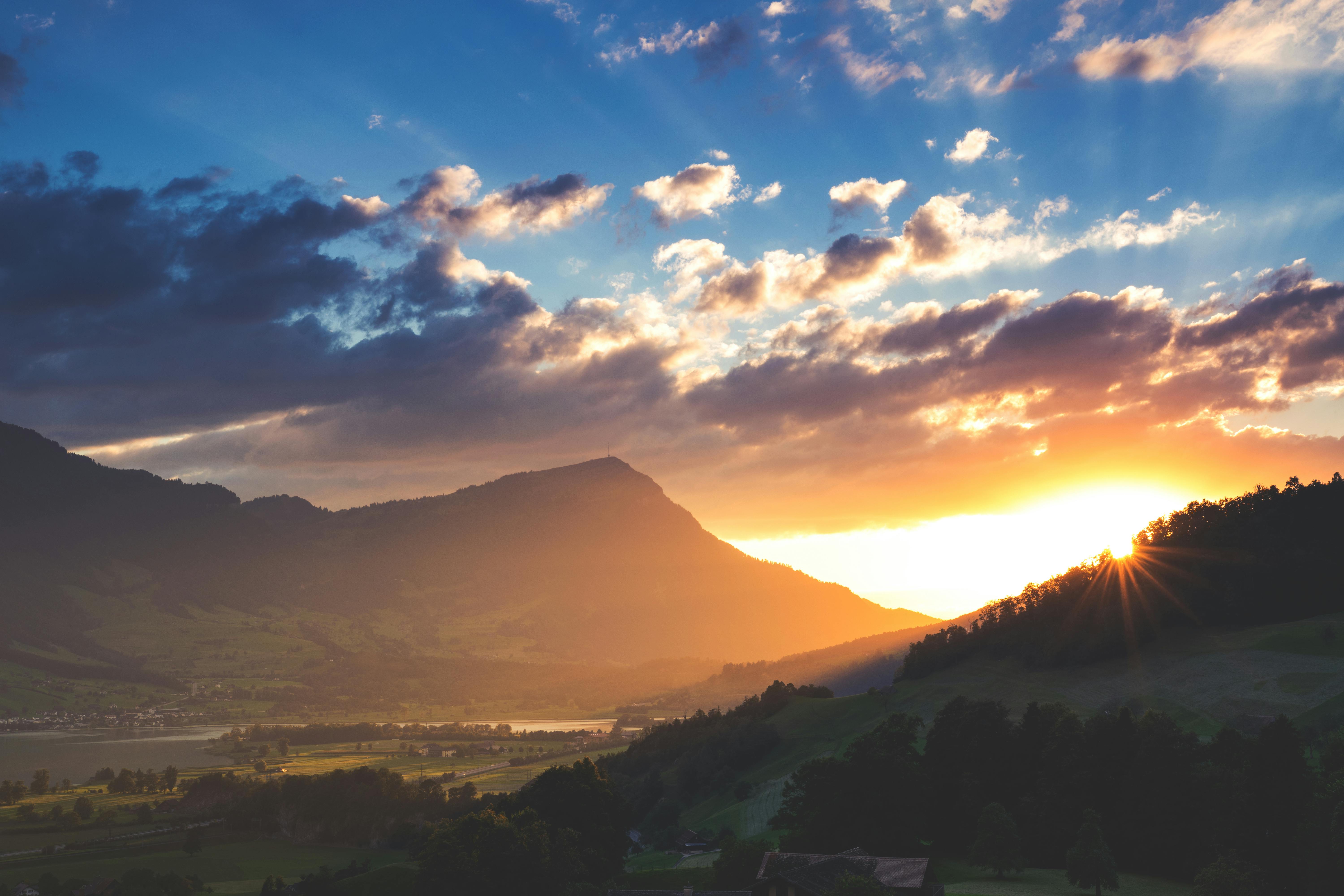It is impossible to do justice to the history of Corsica in a short article. The following is a brief summary and an opportunity to whet the appetite of history buffs.
A history of powerful and dominant forces shaped the island of Corsica, throughout its entire history. The Corsican landmass was created by intense volcanic activity. Among other names for this beautiful island, one is “a mountain in the sea”. Corsica is the most mountainous island in the Mediterranean, with more than 100 peaks exceeding 2,000 meters. The dramatic peaks, lush valleys and 1,000 kilometers of coastline have all played an important role in the island’s civilization as it exists today. The Moor’s head is dominant on the Corsican flag and is visible across the island on thousands of items, from beer labels to beach towels. The exact origins of the symbol continue to be debated; however, it is a powerful and iconic reminder of the island’s history. It is a chronicle of millennia of habitation, growth, conflict, and struggle for survival.
History experts believe that Corsica was occupied as early as the last ice age, the Upper Palaeolithic (9000 BC). We visit the most “modern” site outside of Propriano, known as the Filitosa Prehistoric Station. This prehistoric site was discovered in 1946 and is now accessible to the public for self-guided tours. The site is believed to have been home to Neolithic people, from 6000 B.C. C., about 8000 years ago. This sparse population lived in rock shelters and foraged for food in the fertile area. During archaeological excavations ceramic fragments were discovered, they can be seen in the small museum. During the megalithic period 3000 – 1800 a. C., a strong population of seafaring warriors dominated the site. Whose signs are evident in the menhirs that remain on the site. The Torreana Culture then dominated the site, during the Bronze Age 1800 – 700 BC. C., destroying standing stones to use as building materials for his “Tower” or towers. The museum in Filitosa is poorly lit and the written material is limited, however the rest of the site is worth the trip.
Jumping to the most “recent” story. The ancient Greeks and Romans dominated the island during successive periods. Strategically, Corsica was an important location for raw materials and trade routes throughout the centuries. The geographical proximity of Corsica to Sardinia and the Italian coast was of great importance in the development of Corsica. The history is long and littered with continual conflict, followed by domination and then a new series of rulers. Many cities, such as Ajaccio, Bastia, Bonifacio, Porto Vecchio and Calvi, were built with walled citadels for security reasons. The period of Pisan rule was generally peaceful, allowing for some artistic development. In this author’s opinion, the Genoese period remains one of the most visually outstanding periods on the island. The coastline is dotted with the remains of towers from the Genoese era. The towers were built with the intention of protecting against invading pirates. In 1531, the Republic of Genoa determined that 99 towers would be built (in the end 85 were built). Today, 67 towers remain in various conditions, from ruins to well-preserved ones.
For a long time the French had regarded Corsica as a strategic landmass, after a turbulent period Genoa ceded it to France on May 15, 1768. A love-hate relationship has existed ever since, with France wanting the control and the people of Corsica fighting for independence. The island’s population grew substantially in the 19th century, to about 340,000 people. However, the infrastructure and economic base did not exist to support that number of inhabitants. The result was significant migration to France and other regions, including Central America. The island of Corsica suffered in the First World War, when some 12,000 died. The economic and political uncertainty surrounding World War II resulted in temporary Italian occupation, ending with liberation in September 1943, when Corsica chose France. Corsica continues to fight today to maintain heritage, culture and traditions.
Today, the island has a population of just over 300,000, is undeniably beautiful, and remains troubled. The tourist trade is a crucial economic engine with more than 2 million visitors a year. The economic benefits are obvious; the impact on a highly patriotic independent population will likely continue to be studied for centuries to come. Regardless of whether the Greeks were right, they called Corsica, or Kallisté, “the most beautiful.”
